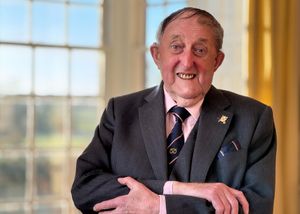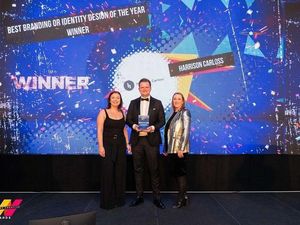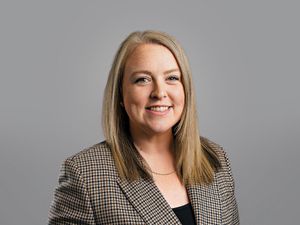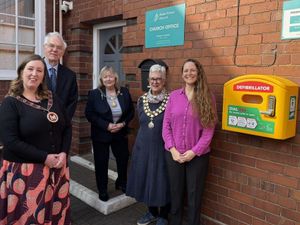On his 90th birthday, dyslexia expert and Britain’s oldest teacher calls for a review of one-size-fits-all approach to literacy
As Dr Neville Brown, Britain’s oldest teacher and a pioneer in dyslexia education, celebrates his 90th birthday, he uses this milestone to call for a critical review of the UK’s reliance on phonics-based literacy teaching.

Dr Brown, who founded Maple Hayes Dyslexia School in Staffordshire, believes the time has come to adopt a more inclusive approach that recognises the diverse needs of learners, particularly those with dyslexia.
Dr Brown’s career spans over six decades, during which he has profoundly shaped education and research in literacy and neuropsychology. His innovative morphological approach, which focuses on teaching word structure and meaning rather than traditional phonics, has transformed the lives of countless children. Many of his students, who arrived at Maple Hayes unable to write their names, have gone on to achieve seven or more GCSEs and pursue higher education, apprenticeships, or university degrees. Some have even earned doctorates.
“For too long, education in the UK has adhered to a one-size-fits-all phonics system,” Dr Brown stated. “While phonics works for many, it fails dyslexic learners who require alternative strategies. The success of our morphological approach at Maple Hayes proves there is no single path to literacy, and we owe it to children everywhere to offer methods that meet their unique needs.”
Dyslexia affects approximately 10% of the UK population, including over 1 million school-aged children. Of these, 4% experience severe difficulties that often go unaddressed in traditional phonics-based education. Data from the Department for Education indicates that students with specific learning difficulties, including dyslexia, consistently face challenges meeting expected literacy and numeracy standards. This underscores the critical need for diverse and tailored approaches like Dr Brown’s morphological method.
Maple Hayes Dyslexia School, co-founded by Dr Brown in 1982, remains the UK’s only government-approved specialist school for specific learning difficulties under Section 41 of the Children and Families Act. The school has welcomed over 1,000 pupils, many of whom credit its unique teaching method for their academic and personal success.
Linguistics expert Tim Shortis of Cambridge and King’s College London described Dr Brown’s work as groundbreaking, stating: “It will take a paradigm shift in formal education before his ideas get the recognition they deserve. Dr Brown’s methods challenge entrenched ideologies and offer a lifeline to children otherwise left behind.”
Dr Brown’s advocacy comes at a pivotal time as the UK grapples with ongoing literacy challenges. Studies indicate that capable dyslexic readers often rely on meaning-based morphological processing for word recognition. Research has shown that teaching methods focusing on morphology can significantly enhance reading accuracy for dyslexic learners, providing a lifeline to students who struggle with phonics.
Dr Brown’s contributions to education have been recognised with numerous accolades, including the Independent Schools Award for Innovation, a Lifetime Achievement Award from the British Dyslexia Association, and recognition from The Times / Sternberg Active Life Award. Even at 90, he continues to assess prospective pupils, prepare tribunal reports, and advocate for families navigating the challenges of securing appropriate education for their children.
Dr Brown’s 90th birthday celebration includes the unveiling of a portrait painted by his grandson, artist Alastair Brown. However, the educator’s focus remains firmly on the future. “I’m proud of what we’ve achieved, but there is still much work to be done. The next generation of learners deserves better than a system that leaves so many behind.”
As the UK’s longest-serving teacher marks this milestone, his message is clear: literacy education must evolve to meet the needs of all children. Dr Brown’s legacy offers a roadmap for change, challenging policymakers, educators, and researchers to rethink what it means to truly teach.





